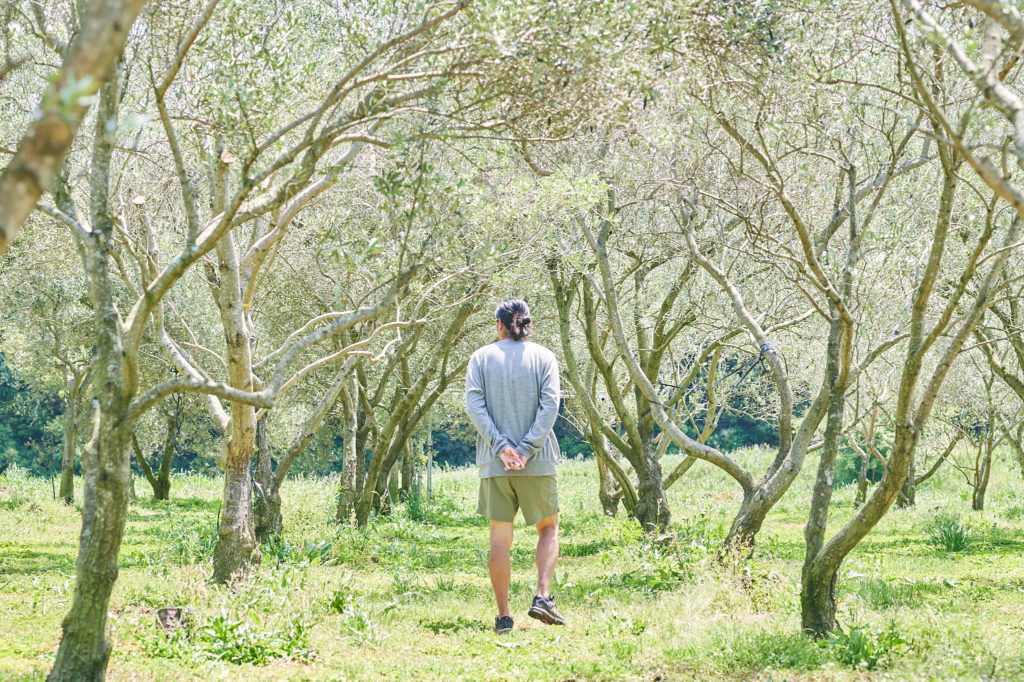― Tell us about the area you live in.
Hamamatsu City is located in western Shizuoka Prefecture, bordered by the Tenryu River flowing to the east, Lake Hamana lying to the west, the sand dunes and the Enshu Sea unfolding to the south, and the Akaishi Mountains stretching to the north. The weather is mild year round, with long sunshine hours and some snow but not enough to stick. This is such a pleasant, comfortable place surrounded by nature, and yet in my teens and twenties, I had no real interest in my home city. Only now do I appreciate living on land nurtured by the bounties of nature.
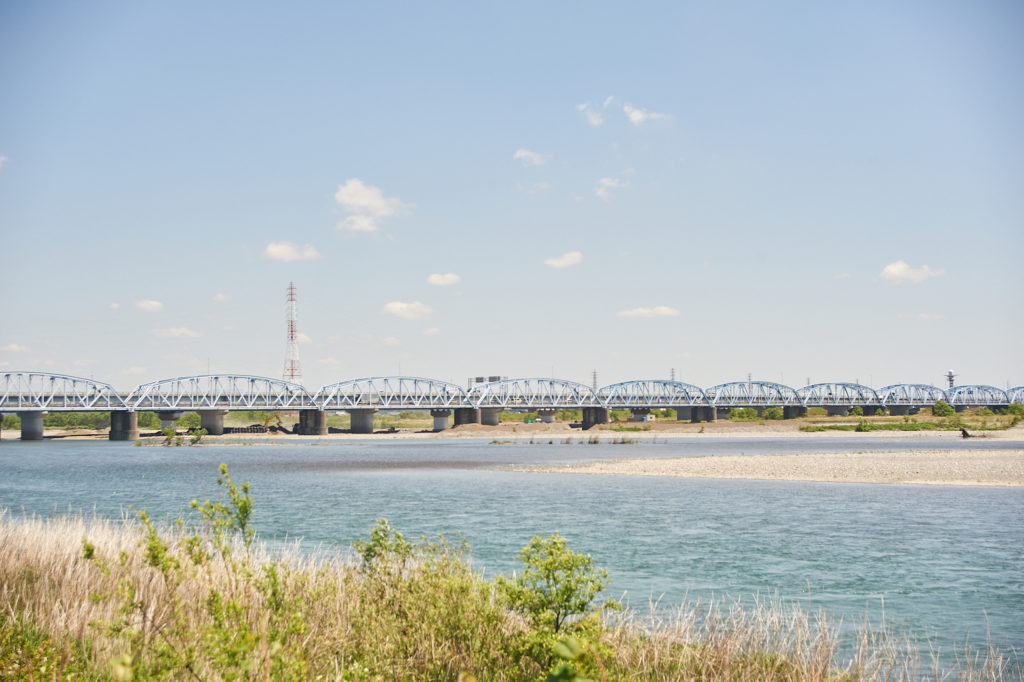
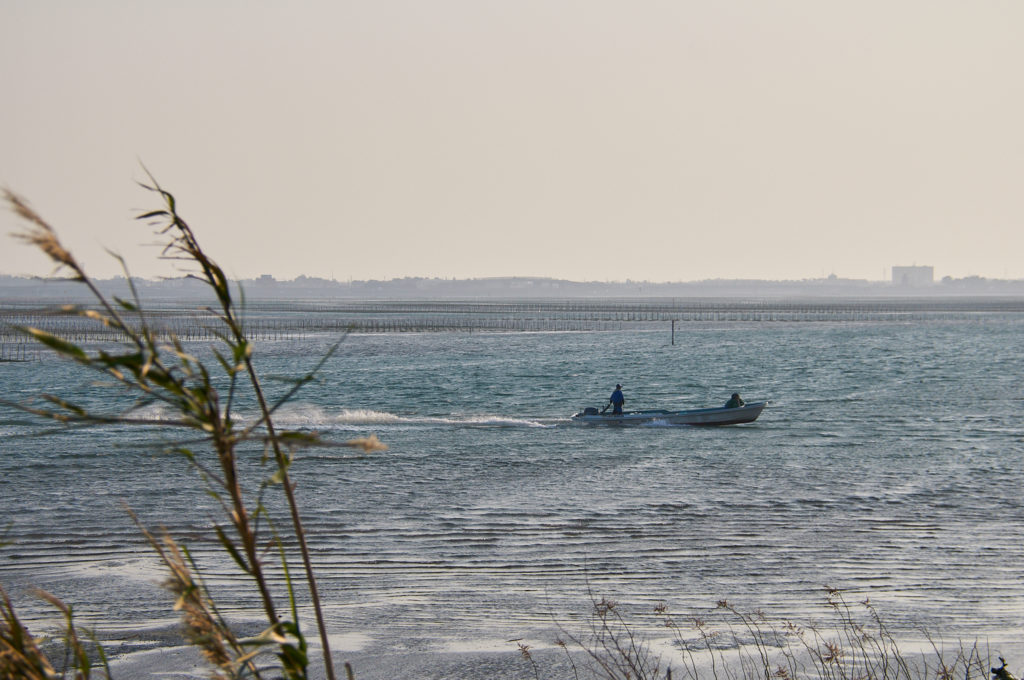
― What was it like where you grew up?
I was born and raised in an area called Mikatahara, about a 30- to 40-minute drive north of Hamamatsu Station. It’s known as the historic field of the Battle of Mikatagahara, where Takeda Shingen attacked and defeated Tokugawa Ieyasu in 1573. The farmlands spreading out across the area are known especially for producing the Mikatahara potato. My home at the time was right next to the elementary school, so I often played in the school playground. Many of my classmates’ families were farmers, so I also played in the fields and paddies. I guess I was a kid who grew up doing more playing than studying.
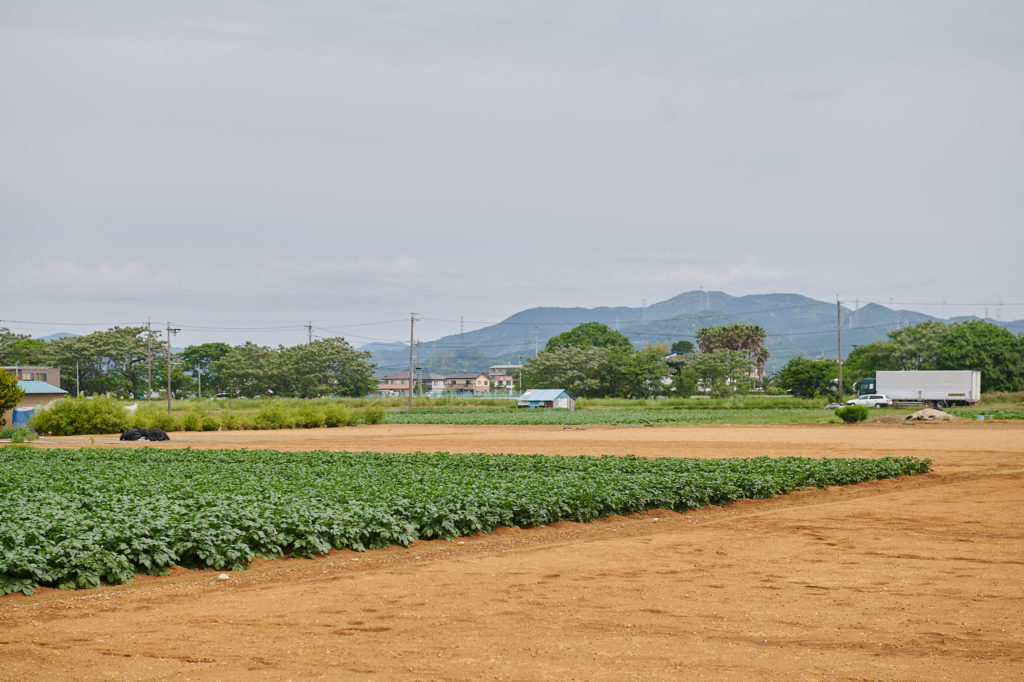
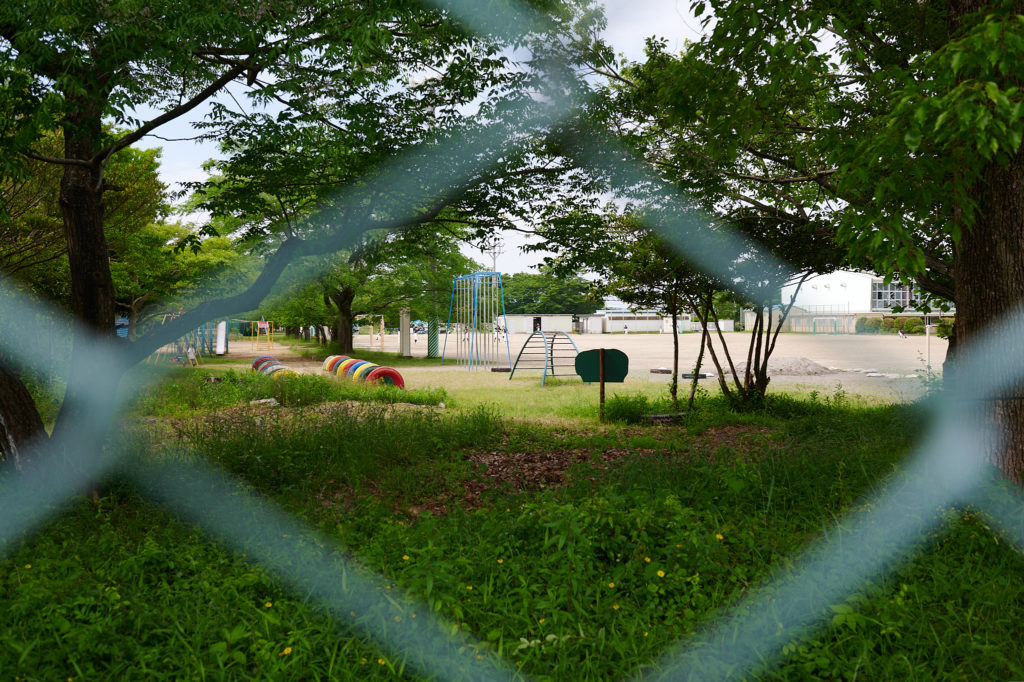
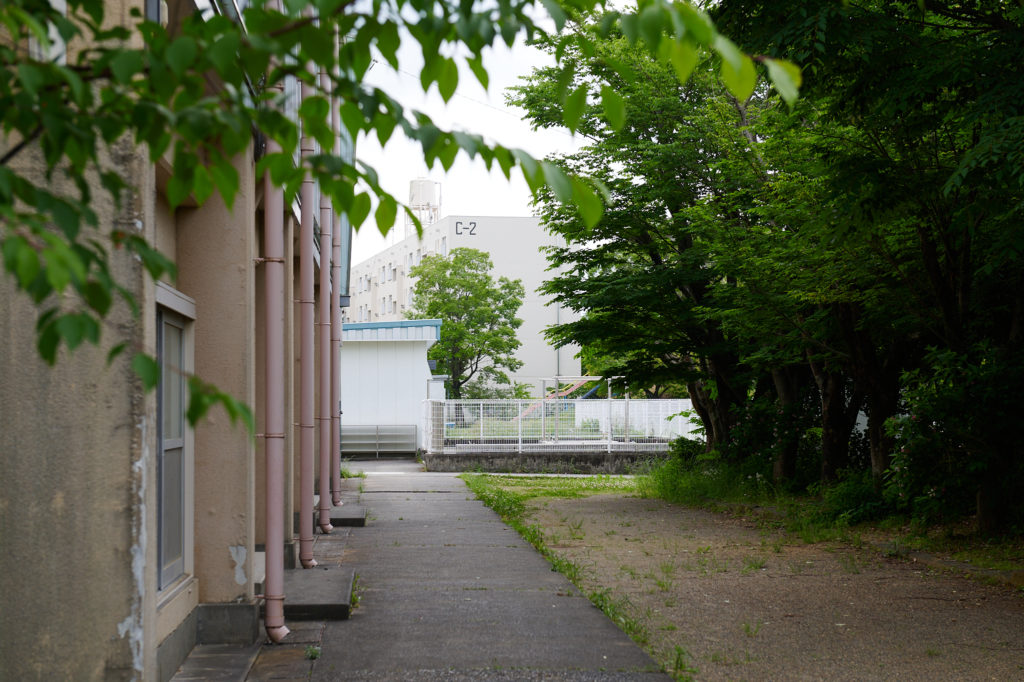
― As you go about your daily life, what do you feel is special about Hamamatsu?
The sheer diversity of nature within reach is enriching! When I was a kid, my father often took me out to the sea or the river on the weekends. At the time, I was just following my father around where he went, but I certainly didn’t mind following him. And that experience must have stuck in my memory, because it came bursting out in my late thirties, when suddenly I started seeking out nature on my own. Now I’m drawn especially to the mountainous area of Hamamatsu. The nature is special, and so are the people who have lived side by side with that nature—their wisdom, their lifestyle, their relationship with the land. For example, I’m interested in where they built their homes and made their trails. I guess you could study things like that in places other than Hamamatsu too, though.
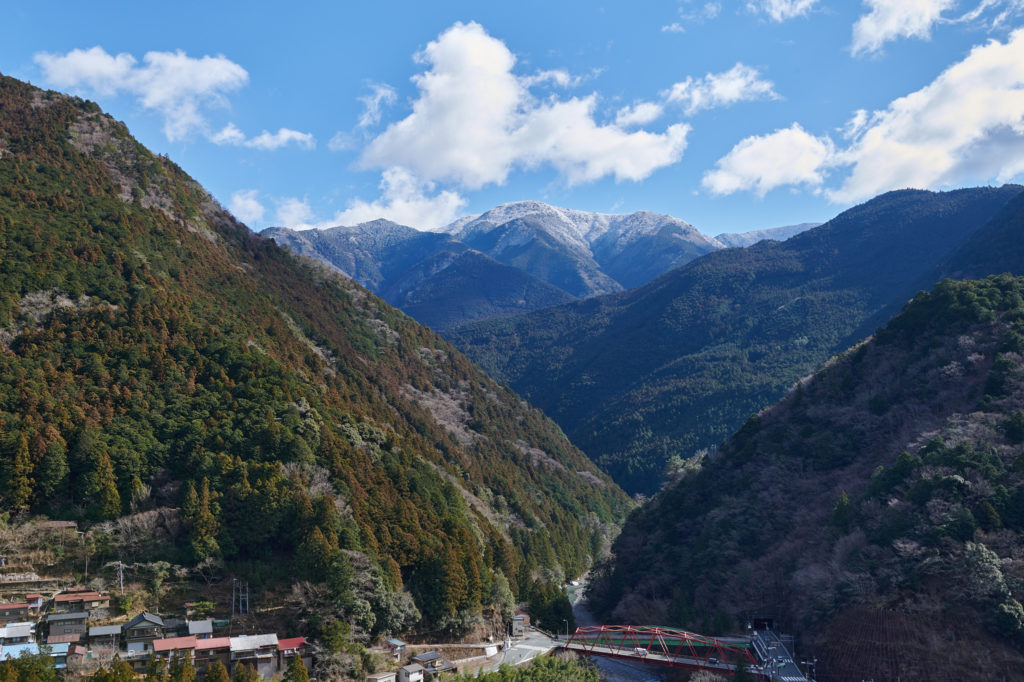
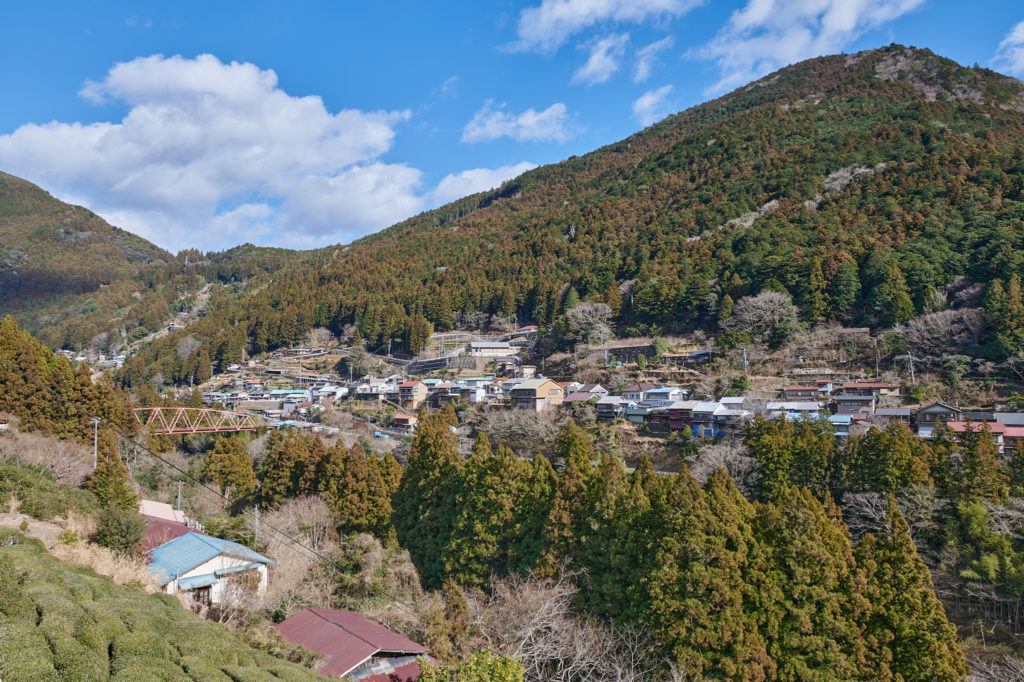
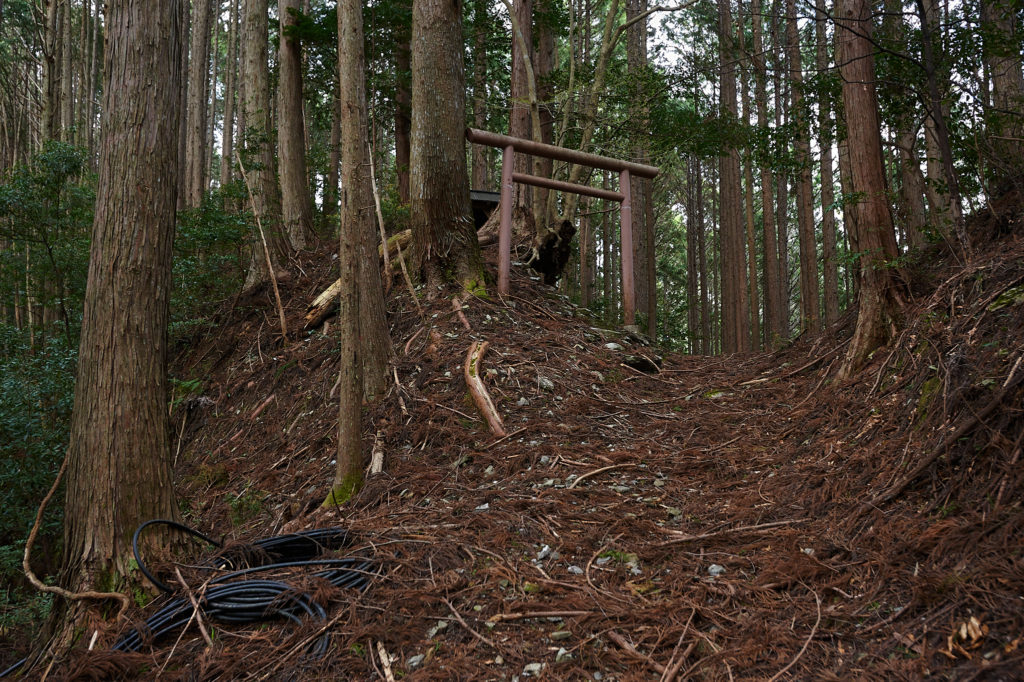
― Tell us how you started out as a photographer.
I held an exhibition at the handmade soba noodle restaurant Naru in Hamamatsu. That event in 2010—twelve years ago—marked the beginning of my career in photography. I had been taking pictures as a hobby and displaying them on my blog, and the shop owner, Takatoshi Ishida, aka Gori-san, invited me to do the exhibition. It was inspiring to meet the visitors and get their feedback in person, and even to have some of them send jobs my way afterward. I felt comfortable working outside an organization and feeling the unfiltered reaction of the viewers.
― What type of photography do you normally work in?
I work mainly in family portraits. Sometimes I photograph homes, people, and products for advertising use. I also help friends who run photo studios when they take pictures for nurseries, kindergartens, elementary schools, and middle schools.
Since 2011, I’ve organized an Autumn Photo Studio for a limited period of two weeks each year. It started in the year after the photo exhibition of 2010 as an exhibition-slash-photo studio project. I took a break from the exhibition in 2015, and now continue to organize the photo studio as an independent project. Many of the users are families with small children, so in a sense, I’m helping them compile a family album, adding a new page each year. Their feedback is filled with emotion! Now that their amazing response has made me realize that my photo studio project is useful to the community, I feel I have a responsibility to keep it up. So this year I organized a new Spring Photo Studio, and plan to continue the project twice a year, in April and November.
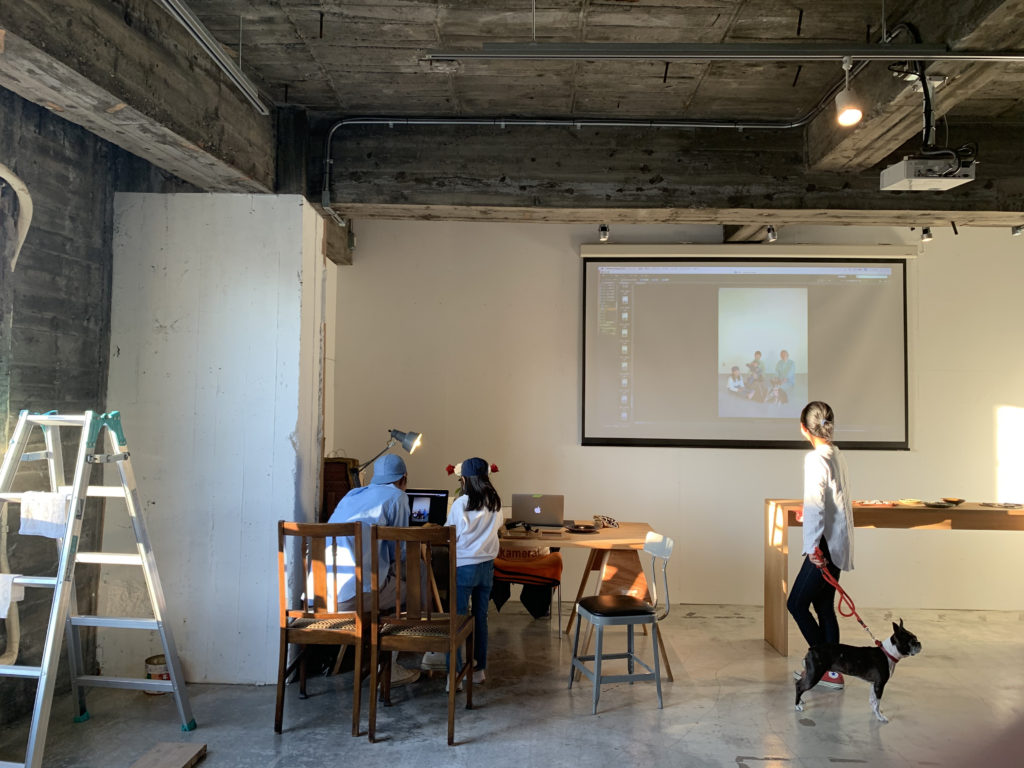
― Do you have a project that you call your life’s work?
I often explore the mountainous Tenryu area of Hamamatsu and walk around taking pictures. My favorite routes are the old streets and highways running from one community to another. I’m also interested in the traditional performing arts and religious services at the temples and shrines in the mountains, and often take part in those services or record them on camera. In 2016, I walked from downtown Hamamatsu to the city’s northernmost area with a friend from Australia. That became a great inspiration for me to keep on walking the mountains and hills. I discovered that the communities and cultures there were driven to extinction every minute, at a faster pace than I ever imagined. My first instinct was to try to stop the tragedy of extinction altogether, but I soon realized that was a bigger challenge than I could take on. Then, I decided the least I could do was document the fact that people lived there. And so in an unofficial capacity, I continue to walk and photograph the area.
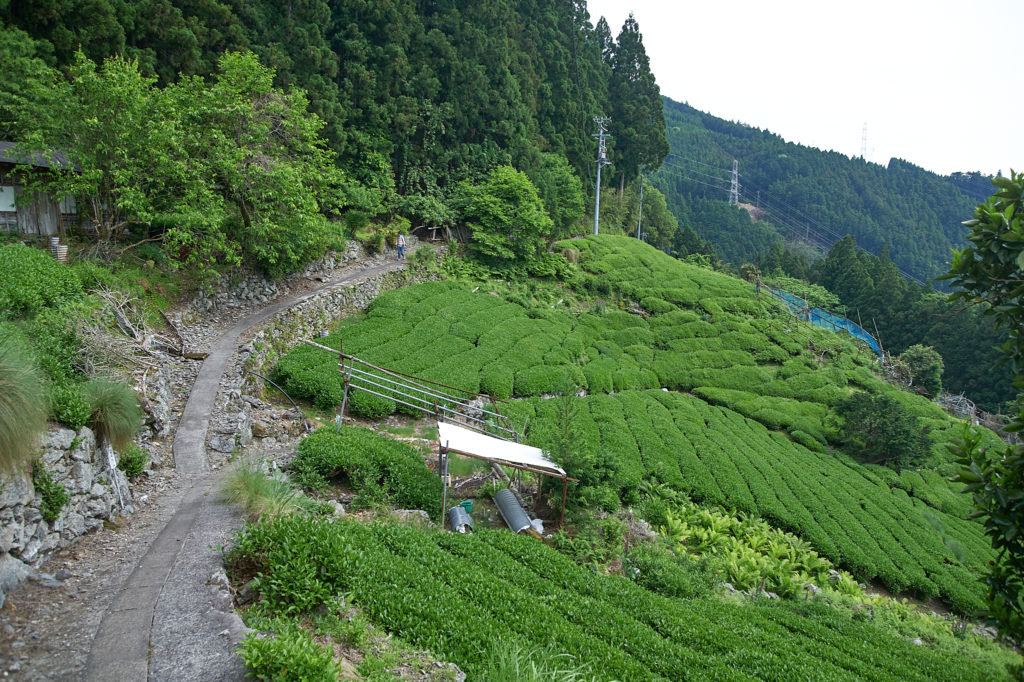
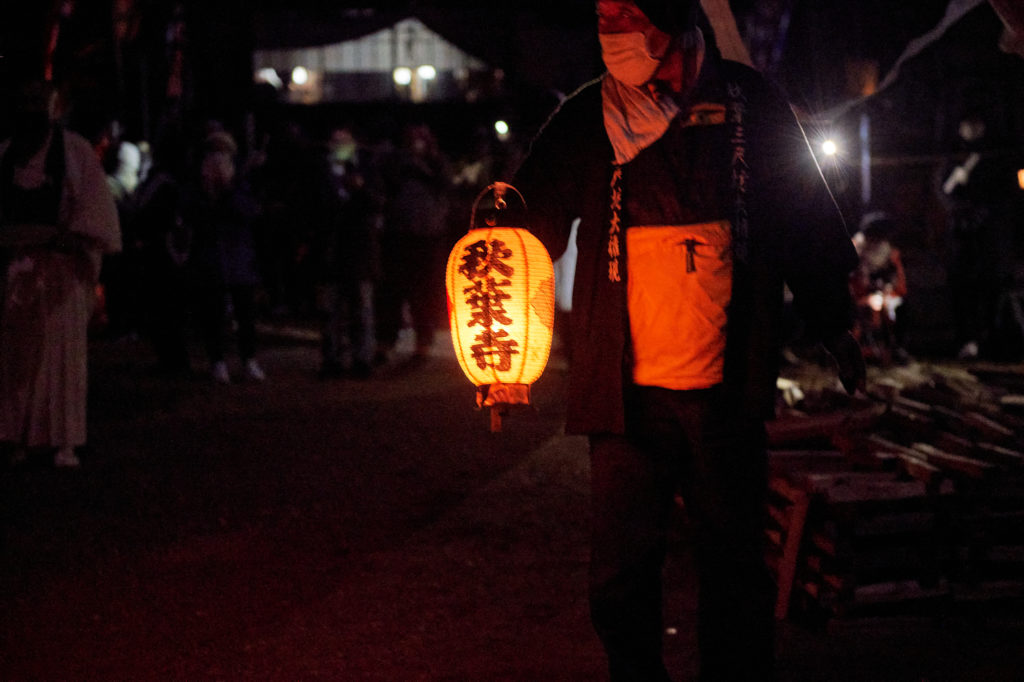
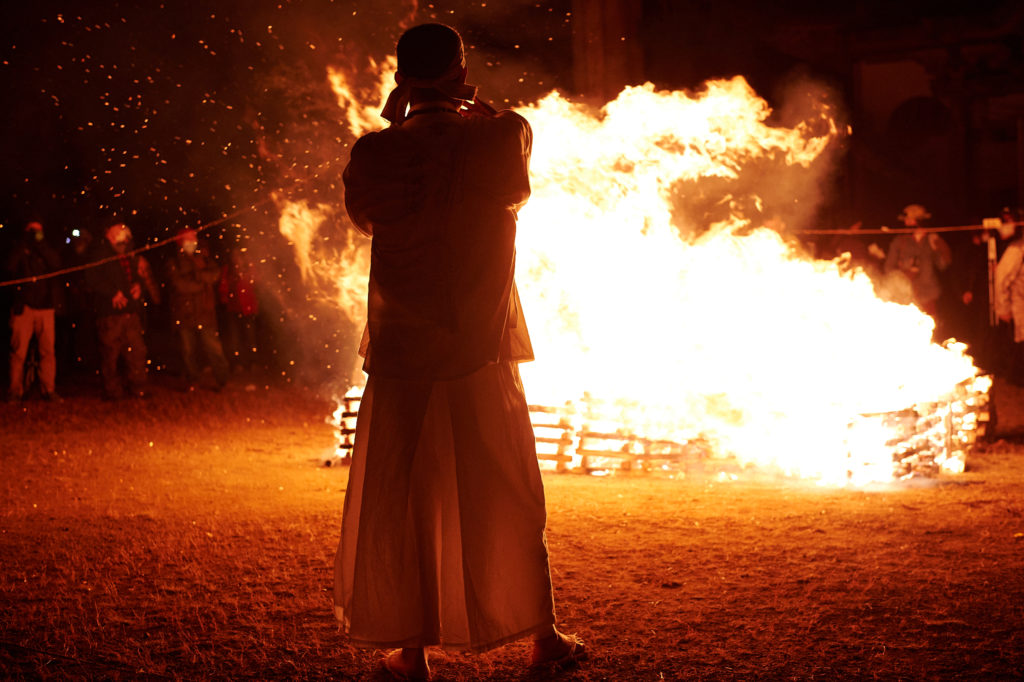
― What is your next area of interest, or what would you like to try in the future?
I have a hazy wish to serve as a liaison and hand down the nature and culture nurtured in Hamamatsu. I’m sure there are many ways to do that, but the first thing that comes to my mind is a guide. I still have a lot of knowledge and experience to gain, but that’s my wish, to be a photographer and guide who helps pass on Hamamatsu to posterity.
Yoichi Nakamura
Yoichi Nakamura was born in 1977 in Hamamatsu City, Shizuoka. He started his career in photography in 2010 and currently works mainly in family portraits. His interest in the mountainous area of Hamamatsu has inspired him to walk and photograph the area since 2016.
POP-UP PHOTO STUDIO “kamera!kamera!kamera!” (Instagram)
